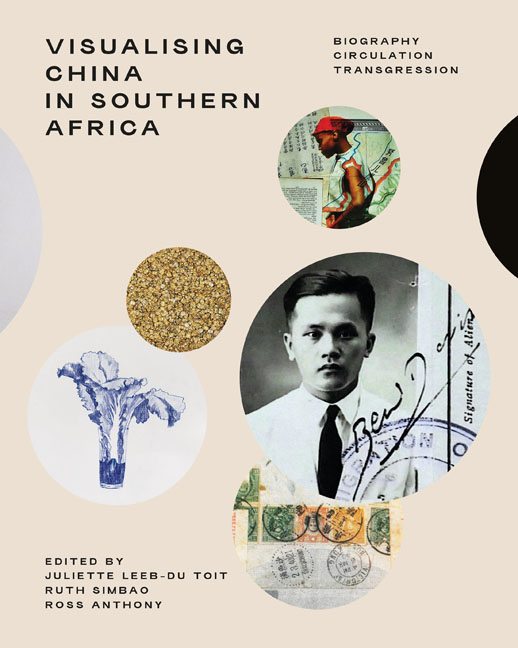15 - Understanding William Kentridge from China
Published online by Cambridge University Press: 24 November 2023
Summary
South African artist William Kentridge's Notes Towards a Model Opera (2015), displayed at the UCCA Centre for Contemporary Art, is the first major retrospective by an African artist held in mainland China. In this exhibition, the artist engages with the history of Afro-Asian interactions and ongoing Africa–China debates through extensive research on the intellectual, political, and social history of modern China. Through an analysis of Kentridge's engagement with Chinese culture and the reception of his work in China, this chapter examines how history has been explored as an essential trope in artistic interactions to trigger nuanced conversations about shared ideologies, temporalities and poetics within the context of the Global South.
We are particularly interested in the essential concept of ‘peripheral thinking’, manifested in Kentridge's Beijing exhibition, as a way of looking at the marginal connections between Africa and China. In his lecture performance titled ‘Peripheral Thinking’ (authored in 2014, first delivered in Cape Town and later in Beijing in 2015), Kentridge (2015, 97) describes the periphery as follows: ‘Put a pin in a sheet of paper, pull on a string against the pin. The line that defines the outside edge of the blank circle is the periphery. Made as a pressure, a force against the centre …’
Dwelling on the concept of the periphery and its relationship with the centre, Kentridge asks what happens if we start to look at different points along the circle and the ‘unlikely connections’ at its edges. In his lecture performance, he juxtaposes the images of a ballerina in the Johannesburg suburbs and one on the stage of the Beijing revolutionary opera, The Red Detachment of Women (Hongseniangzijun), both of which are positioned ‘at the end of the long string stretching from the ballet centres of Paris and Moscow’ (Kentridge 2015, 113). This illustrates the beginning (as well as the naming) of Kentridge's China exhibition Notes Towards a Model Opera. This peripheral association is echoed in the project's beginnings, where Kentridge and South African dancer Dada Masilo engage in improvisation with the films of the eight model operas (yangbanxi). According to Kentridge (2015, 110–111), during his historical research on revolutionary China, he was particularly attracted to the seemingly marginal materials and images on the fringes of the political turmoil of the era, including the videos of model operas.
- Type
- Chapter
- Information
- Visualising China in Southern AfricaBiography, Circulation, Transgression, pp. 298 - 321Publisher: Wits University PressPrint publication year: 2023



